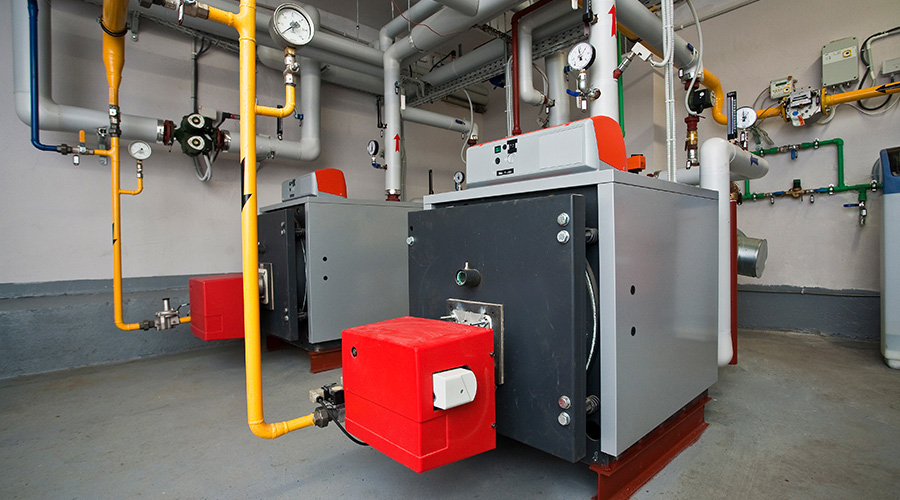R-22 Conversion: Provide a Baseline of Refrigerant Requirements
Even if a manager’s goal is to move away from R-22 and other chlorine-containing refrigerants, not all facilities will be able to replace their systems immediately, nor should they. While its availability will decline and certainly its price will increase as supplies dwindle, managers still have time. And during this time, the process of attrition will take care of many of the systems using R-22.
Managers can start the process by identifying the systems that use R-22, rating their condition, and identifying the best candidates for replacement based on age and operating condition. Eliminating problem systems will reduce the facility’s demand for R-22. They also need to review maintenance and purchasing records to identify the amount of R-22 used each year servicing the systems. This process will provide a baseline of refrigerant requirements.
The key for successfully managing the transition from R-22 is to minimize its demand. Managers can improve maintenance practices to reduce the demand for replacement refrigerant to a minimum. They also can track refrigerant use to identify systems where problems are developing and keep accurate records of refrigerant use to satisfy new regulatory requirements and to identify systems that need overhauling or replacement.
James Piper, P.E., is a national consultant based in Bowie, Md., with more than 25 years of experience in facilities management and maintenance issues.
Related Topics:













